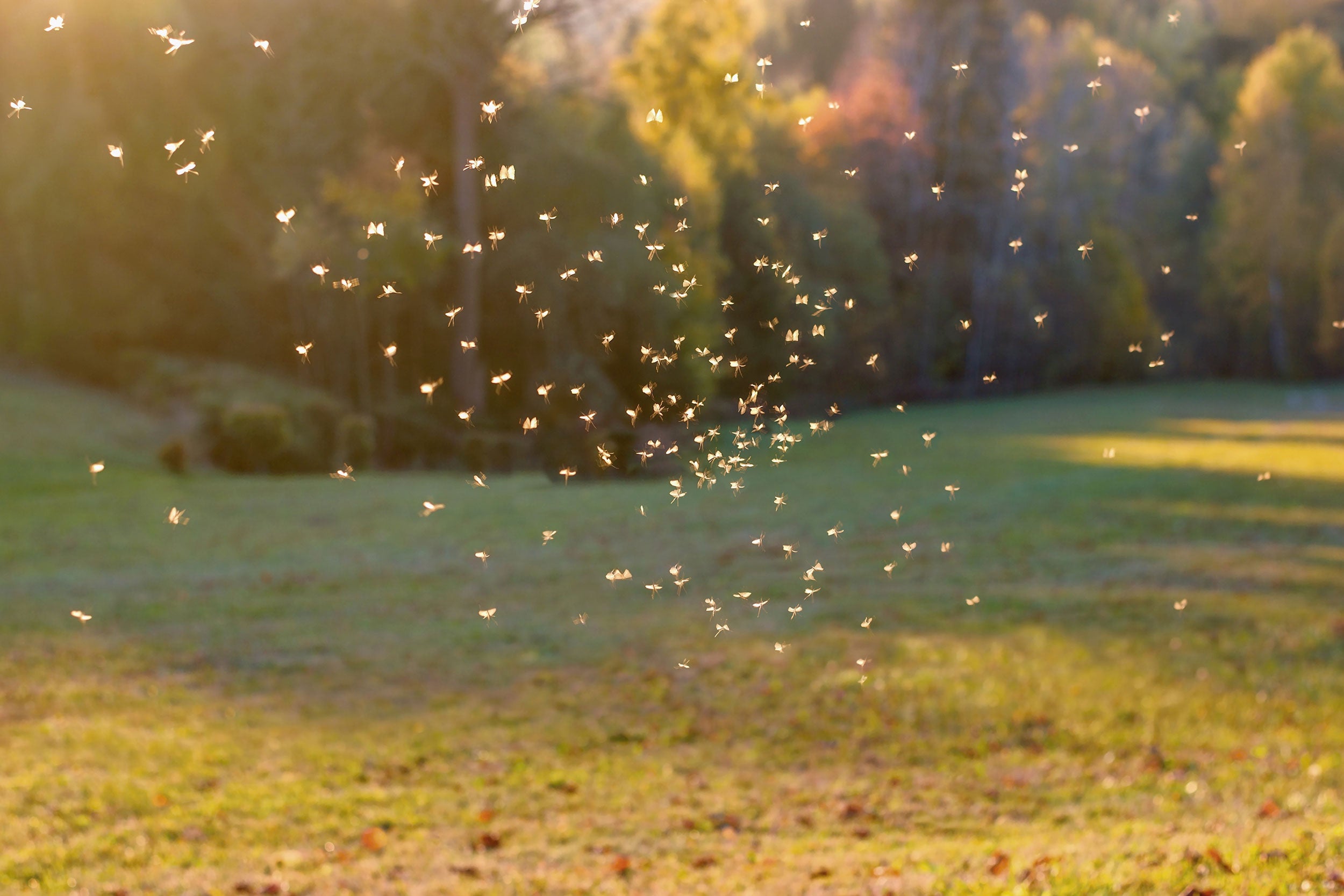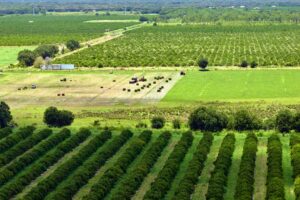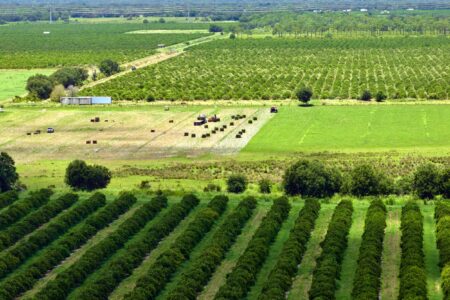Under what conditions would it be right — or is it never acceptable — to eliminate a harmful species from our planet? That’s what an international team of researchers, including Professor of Philosophy Dr. Clare Palmer from Texas A&M University, explores in a study published in Science.
In the study, Deliberate extinction by genome modification: An ethical challenge, researchers examine the controversial idea of using genetic engineering for local and full species extinction as a conservation strategy. They conducted case studies on three species: the New World screwworm (Cochliomyia hominivorax); the Anopheles gambiae mosquito, a vector for malaria; and invasive rodent species like the house mouse and black rat.
“Together, we argue, these cases suggest that deliberate full extinction might occasionally be acceptable, but only extremely rarely,” the team states.
Screwworms, mosquitos, and invasive rodents
A screwworm is a parasitic fly that infests warm-blooded animals, causing severe suffering and economic loss, particularly in livestock. Mosquitos carrying malaria are extremely dangerous for humans of all ages. Nearly 290 million people around the world are infected annually, and 400,000 of them will die of the disease. And invasive house mice on islands are eating seabirds alive, driving their populations toward extinction.
“These cases highlight the tension between the intrinsic value of a species and the benefits of eradicating a harmful pest,” Palmer said. “While the suffering caused by these species is undeniable, the ethical implications of deliberately driving a species to extinction are profound. We must carefully weigh the ecological and moral implications of such actions.”

Genome modification for extinction
The researchers examined the use of several genetic methods to eradicate harmful species:
- Sterile Insect Technique: Mass-reared insects are exposed to radiation to produce sterilizing genetic mutations. These sterilized insects are then released in large numbers with the goal that sterile males mate with wild-type female insects, preventing reproduction. This method has been used to eradicate the New World screwworm locally in North and Central America and some Caribbean islands.
- Female-Specific Release of Insects with a Dominant Lethal (fsRIDL): Genetically-modified male insects are released, and their offspring inherit a gene that kills female larvae unless they are exposed to a specific substance (like tetracycline). This reduces the population over time.
- This method could be coupled with a Gene Drive that would push rapidly through a population, ensuring that nearly all offspring inherit the modification. This can lead to population suppression or full extinction; this method has been proposed to eradicate species like New World screwworm or Anopheles gambiae mosquitoes
- Sex-Biasing Gene Drives: This genetic modification biases the sex ratio of a population, leading to a population crash. It is proposed for local eradication of house mice, black rats and Norway rats in places where the invasive species threaten native species, such as islands where they pose a threat to endangered birds. However, this technology might escape confinement and risks fullextinction of the targeted species.
Factors for ethical justification
The researchers conclude that while deliberate extinction through genome modification is justified in rare and compelling cases, it should be approached with caution. The study calls for robust ethical safeguards and inclusive decision-making frameworks to guide the use of these powerful technologies.
They suggest the following conditions under which eradication could be considered:
- Severity of Suffering: The species causes extreme suffering and death to human beings or other animals that can’t otherwise be prevented.
- Ecological Impact: The species threatens the continuance of other species, is not itself ecologically vital, and its eradication does not have substantial negative environmental impacts.
- Effectiveness of Existing Methods: Genomic strategies should offer a more effective solution than traditional methods.
- Risk of Unintended Consequences: The risk of unintended consequences, in particular the inadvertent full extinction of the species where this is not intended, should be negligible.
- Public Health and Welfare Threat: The species poses a significant public health threat or brings major negative impacts to food security.
- Ethical Considerations: Even taking the intrinsic value of the species and any environmental benefits it confers seriously, these can be argued to be outweighed by the harm it causes.
- Inclusive Governance: Involving local communities and stakeholders in decision-making is essential to ensure that diverse perspectives are heard, and that those who are most affected are equitably represented.
Palmer said she hopes the study will influence public policy and conservation practices. “Our goal is to foster a more nuanced understanding of the ethical dimensions of genome modification,” she said. “We need to balance the potential benefits with the moral responsibilities we have towards all species.”


:max_bytes(150000):strip_icc()/Lee-Lubbers-Wheat-August-2024-South-DakotaIMG_7952-79244c166fac424baa84dccc18be6e32.jpeg)

:max_bytes(150000):strip_icc()/fish-habitat-and-jetty-construction-2048x1536-3f12a1341a894afdb0a343e5db33b641.jpg)





:max_bytes(150000):strip_icc()/101485674_corn-5d814390db764fcdaa3d3c1e82604454.jpg)